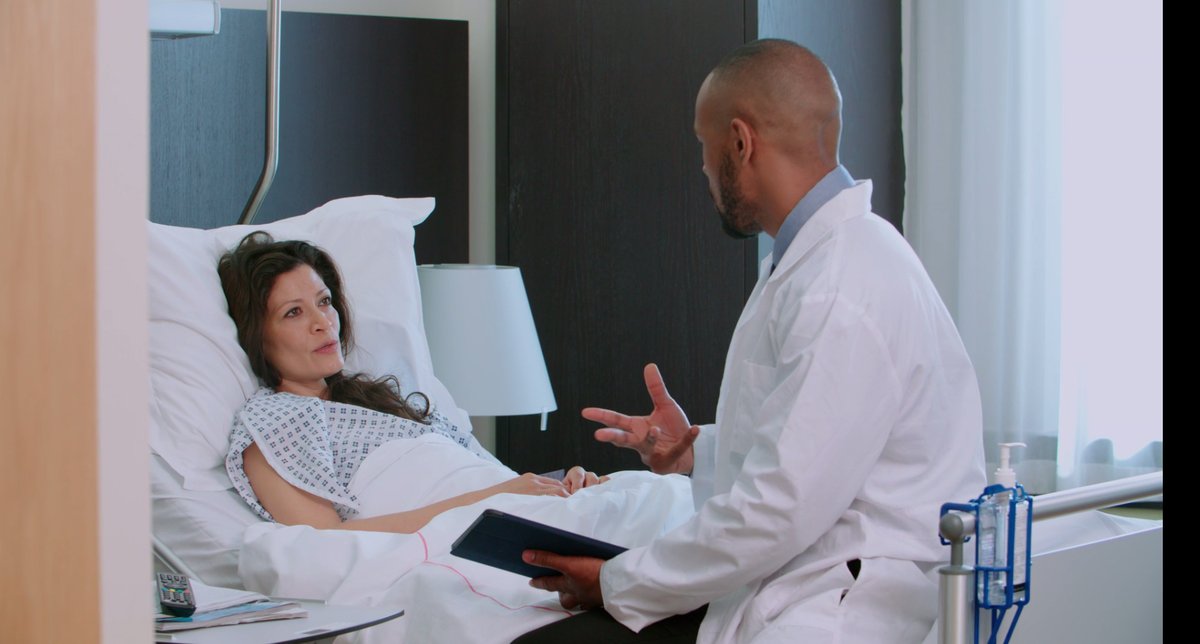
COVID-19: What information do we need to get out urgently?
In-depth analysis of media reporting and social media has revealed that crucial information which would allow us to develop a more efficient COVID-19 policy did not reach the public and decision makers. 1/24
In-depth analysis of media reporting and social media has revealed that crucial information which would allow us to develop a more efficient COVID-19 policy did not reach the public and decision makers. 1/24

As a result, some experts, organizations and activists who are opposed to efficient government measures in general can spread incorrect information about the virus and possible measures, with significant disruptive impact. 2/24
We need a systematic analysis of the discourse of experts, media and social media users to see which incorrect arguments are used against implementing efficient measures and how they can be refuted. 3/24
Most importantly: The policy response to COVID-19 is not (!) a question of trade-off between saving lives and minimizing socioeconomic impact. A good strategy can do both, but this is not communicated adequately. 4/24
Containment of the virus ≠ lockdowns! A good containment strategy works mostly through testing-tracing and other measures like distancing, home office, face masks etc. which do not disrupt socioeconomic activity. Lockdowns are used only in last resort and must be short. 5/24
Most measures taken against COVID-19 reduce the transmission by a certain factor, no matter how many daily new infections there are. Exception: Testing-tracing has got a limited capacity and works well only with a low level of daily new infections. 6/24
Above a certain level of daily new infections, we must limit the spreading, otherwise hospitals will be overwhelmed and mortality will skyrocket. If testing-tracing is inefficient, it must be replaced by other measures harmful to economy and society. 7/24
Why can't we let the virus spread and only protect the vulnerable? Younger, healthy people often require hospitalization, but with adequate care, they will not die. If we let the virus spread, hospitals will be overwhelmed even if the elderly don't get infected. 8/24
UK SAGE estimate that in UK March-June, 82'000 people died directly from COVID-19 and that 66'000 died or will die over the next years because hospitals were under strain, with care and health screening being delayed or canceled. 9/24
Even if younger healthy people are at low risk of dying, roughly 30% of non-hospitalized patients are ill for months and have to cope with sequelae in the lungs, liver, heart, neural system, brain, etc. 10/24 

IFR (infection fatality rate) is probably around 0.6%, but only if all patients get optimal hospital care! Based on antibody studies an excess mortality (used due to insufficient testing capacity), IFR is well above 1% in New York, 2% in Bergamo and Spain.11/24
In a few small towns in Italy and elsewhere, the virus could spread unnoticed until a major share of the population was infected: ~60% in Nebro (Bergamo), 42% in Ischgl (Austria). This would be impossible with herd immunity threshold (HIT) stands at 10-20%. 12/24
Except for some towns, in all cities or countries where infection rate was highest in March-April, cases surged faster in the second wave (summer or autumn) than in neighboring regions. No major city or country is anywhere near herd immunity. 13/24
All data indicates that countries with big and dense cities, high population density and a densely connected social life see much faster spreading of the virus. Sweden is therefore a difficult place for this virus from all points of view. 14/24
Sweden has prevented catastrophic overwhelming of hospitals without mandatory lockdown, but many other places first tried the same approach and had to give up and implement long and strict lockdowns. The Swedish model does not work elsewhere. 15/24
Measures are not a trade-off between health/deaths and economy/society. We must work with economists to analyze the socioeconomic impact of the various possible measures, which will show that early and efficient measures are least disruptive. 16/24
Measure 1: Testing-tracing. In summer, a testing-tracing program with roughly 10% more efficiency would have allowed most countries to keep cases constant and to start autumn with a very low number of infected people. 17/24
A nation-wide effort to increase capacity, efficiency and speed of testing-tracing can make a massive impact. Despite overwhelming data from Asian countries showing the potential, there is no such all-out effort in Western countries. 18/24
Measure 2: Face masks. They might not offer much protection at the individual level, but a reduction in risk of transmission by 40%, 30% or even 20% would make a huge difference at the epidemiological level. 19/24
"Incorrect use of face masks increases the risk of transmission": Wrong. If I am infected, each virus droplet caught by the mask does not float around and risks infecting other people. Virus load decreases fast on surfaces. 20/24
If I am not infected, in everyday life (unlike in a hospital when treating COVID-19 patients), the viral load caught by my face mask will generally be very small, but without mask, it would all go directly into my airways. Incorrect use is not a major problem. 21/24 

Are face masks dangerous? In countries with cold climate and mountains, people are used to do sport with several layers of textile around mouth and nose at high altitude where oxygen is rare. Even under these conditions, no danger at all. 22/24 

General idea: it is difficult to protect individuals against a virus if people nearby are infected. The objective is to reduce the number of cases to a very low level. Reduce the number of people infected by each infected person by ~2.5, and the epidemic is history. 23/24
The objective is to keep the number of daily new cases low until a vaccine and/or better treatment are available. Most experts consider that large scale vaccination could start end of 2020 or beginning of 2021. 24/24 

• • •
Missing some Tweet in this thread? You can try to
force a refresh


